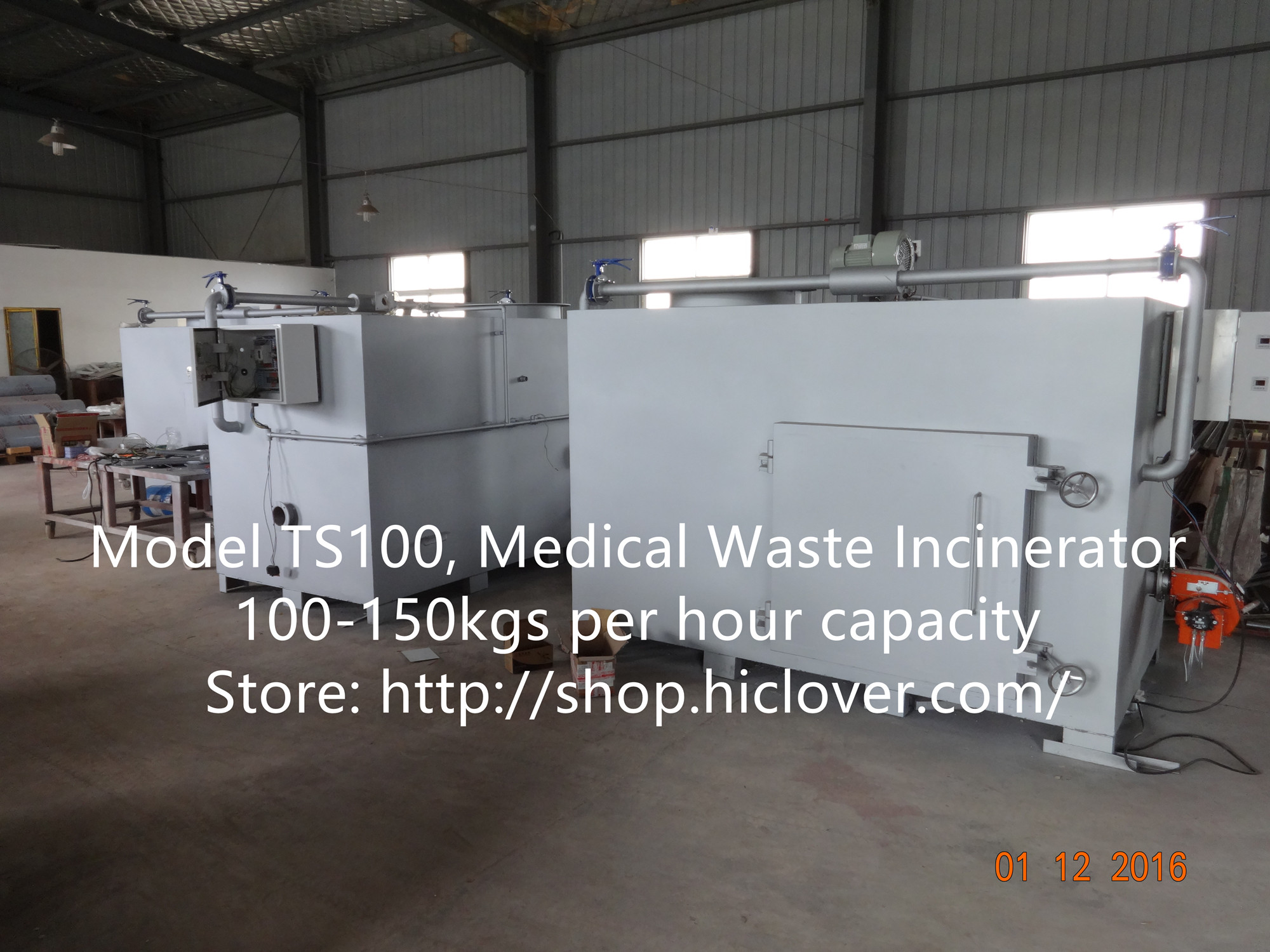Solid waste management is a critical issue that affects all communities, both large and small. As the world’s population continues to grow and urbanize, the amount of waste generated is also increasing at an alarming rate. In response to this challenge, innovative solutions and technologies are being developed to transform trash into valuable resources, turning what was once considered waste into treasure.
One such innovation is the concept of waste-to-energy facilities. These facilities use various methods such as incineration, gasification, and pyrolysis to convert solid waste into energy. This not only helps in reducing the volume of waste that ends up in landfills but also provides a sustainable and renewable source of energy. Waste-to-energy facilities have the potential to significantly reduce greenhouse gas emissions and reliance on fossil fuels, making them an important part of the transition towards a more sustainable energy future.
Another innovative approach to solid waste management is the concept of materials recovery facilities (MRFs). MRFs are specialized facilities that utilize automated sorting systems and advanced technologies to separate, process, and recycle materials from the waste stream. By effectively sorting and recovering valuable materials such as metals, plastics, and paper, MRFs help to minimize the amount of waste that ends up in landfills and promote a more circular economy by reintroducing these materials back into the production cycle.
In addition to waste-to-energy facilities and MRFs, there are also innovative technologies being developed to tackle specific types of waste, such as electronic waste (e-waste) and organic waste. With the rapid advancement of technology, the lifespan of electronic devices has been significantly reduced, leading to the exponential growth of e-waste. However, companies and organizations are now developing processes to recover valuable materials from e-waste, such as precious metals and rare earth elements, and repurpose them for use in new products.
Similarly, organic waste, such as food scraps and yard trimmings, can be processed through composting and anaerobic digestion to produce nutrient-rich compost and biogas, respectively. This not only helps to reduce the amount of organic waste sent to landfills but also provides a sustainable source of fertilizer for agriculture and renewable energy.
Furthermore, the push towards sustainable packaging and products is also driving innovation in solid waste management. Companies are now exploring alternatives to traditional single-use plastics, such as biodegradable and compostable materials, as well as incorporating recycled content into their products. These efforts are aimed at reducing the environmental impact of packaging and products and promoting a more sustainable and circular economy.
In conclusion, the innovations in solid waste management represent a fundamental shift towards a more sustainable and resource-efficient future. By transforming trash into treasure through waste-to-energy facilities, MRFs, e-waste and organic waste processing, and sustainable packaging and products, we can mitigate the environmental impact of waste, conserve valuable resources, and move towards a more circular economy. As we continue to develop and implement these innovative solutions, we can effectively manage our solid waste while creating new opportunities for economic growth and environmental stewardship.



